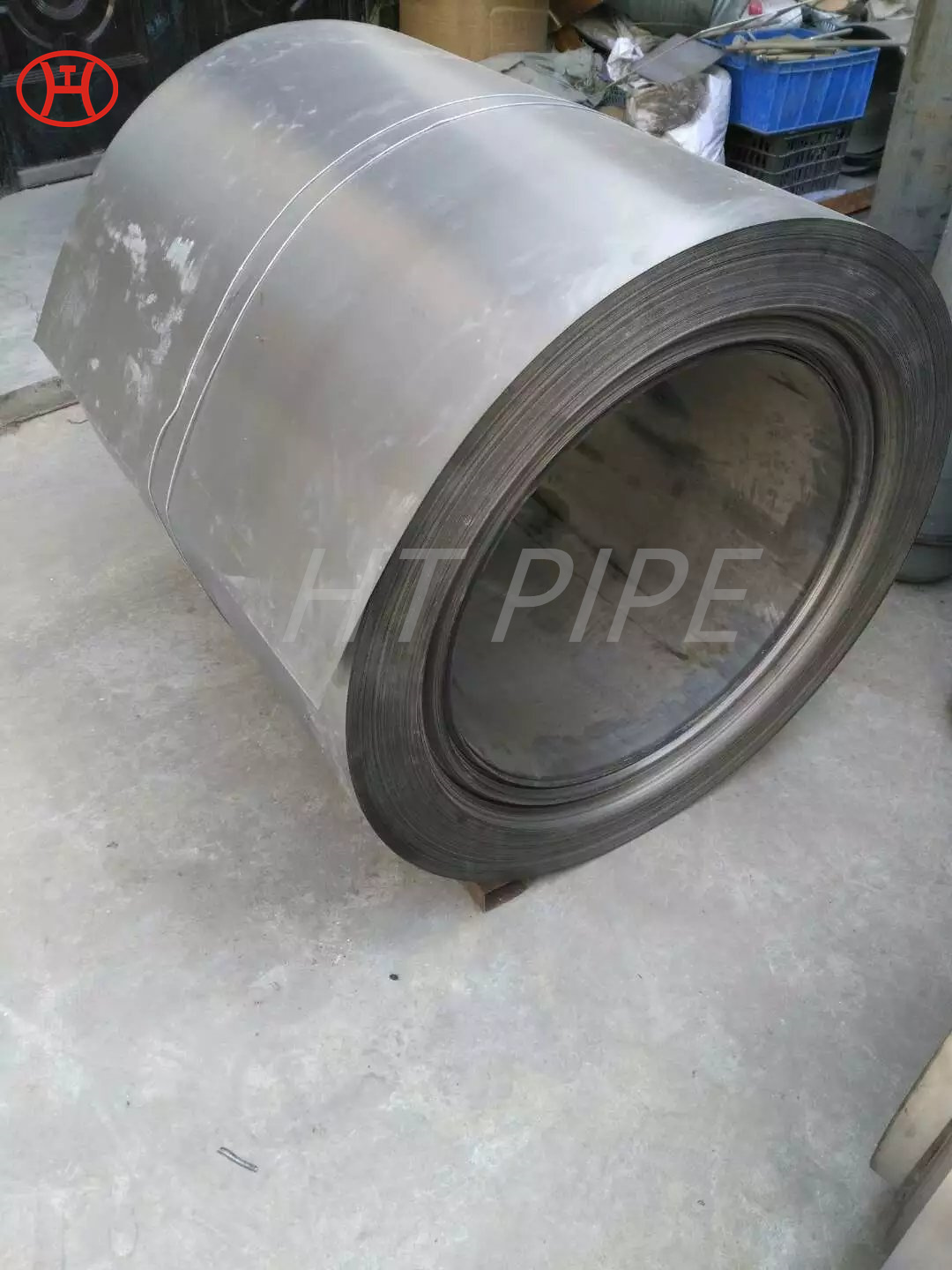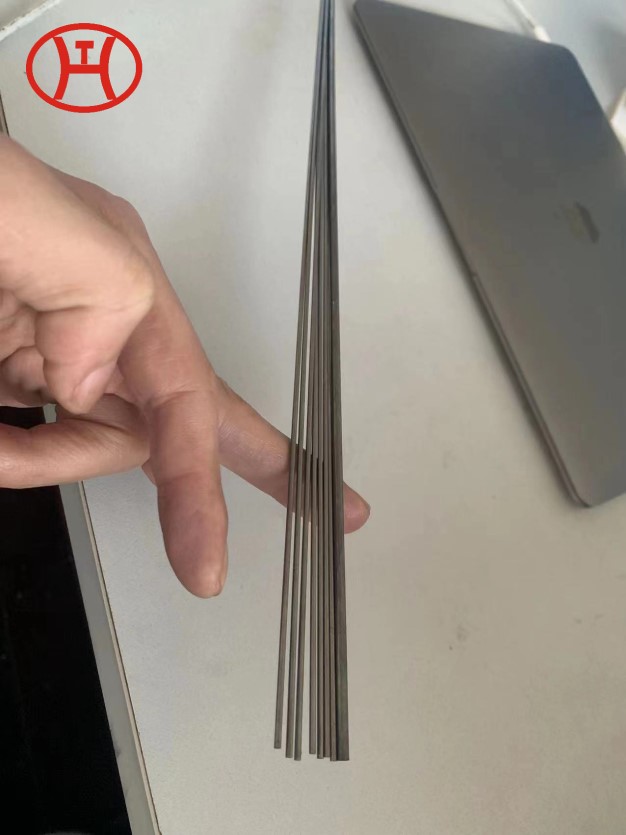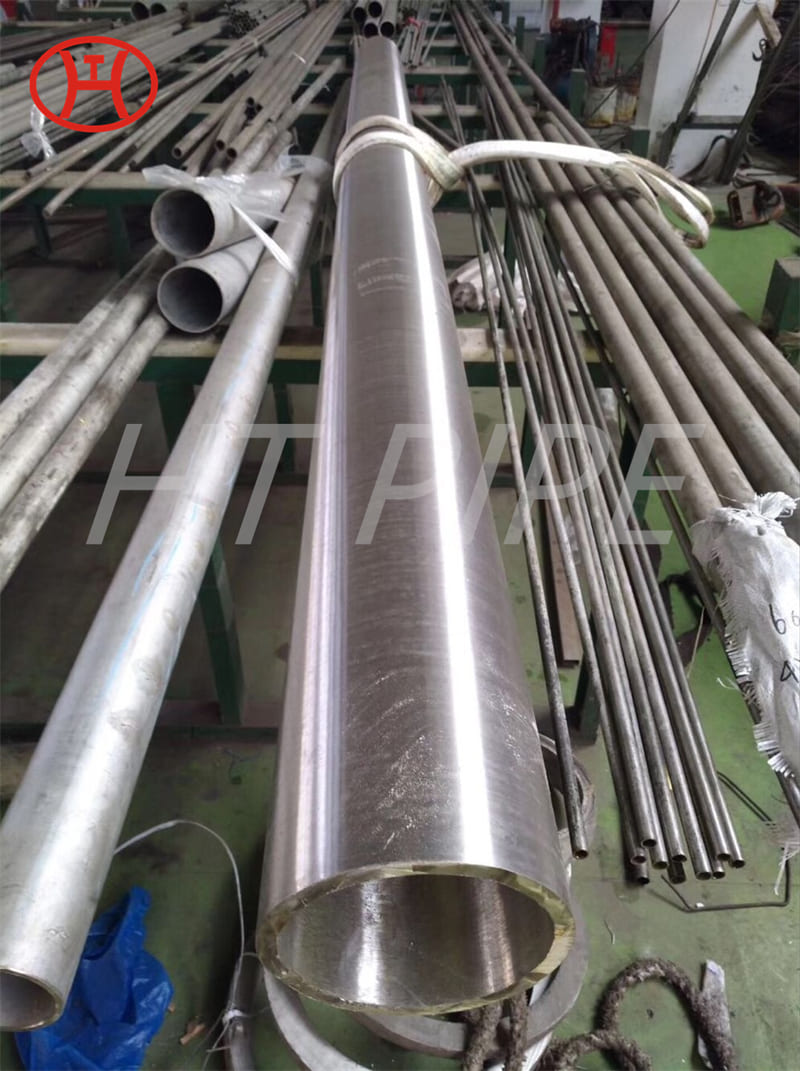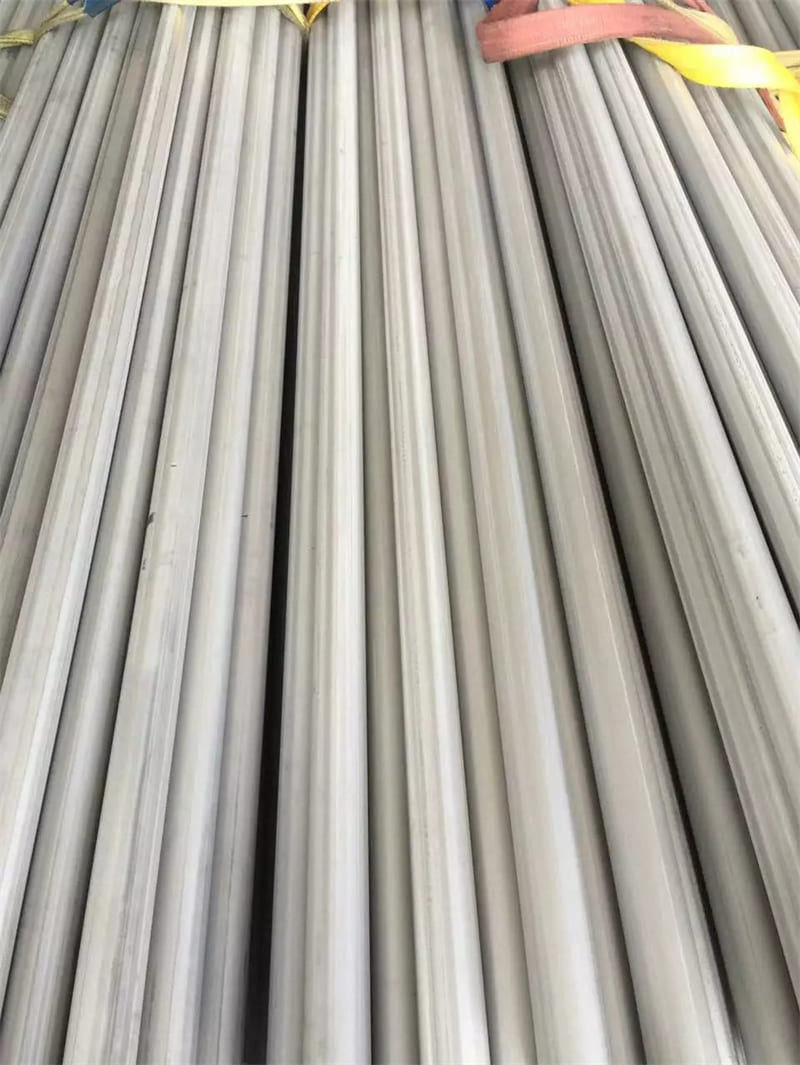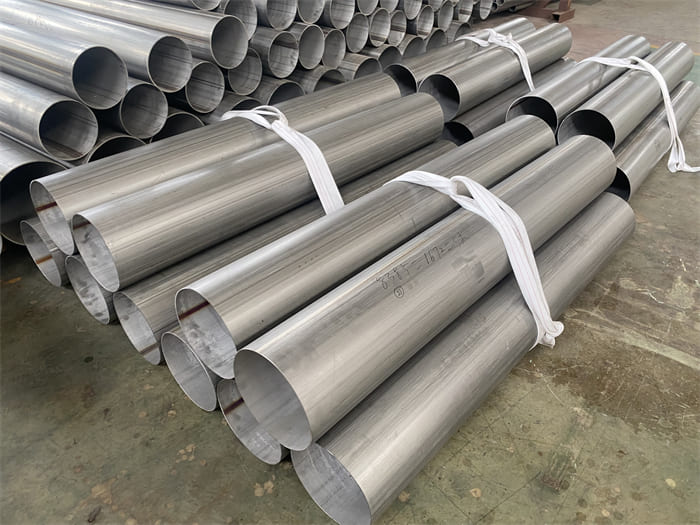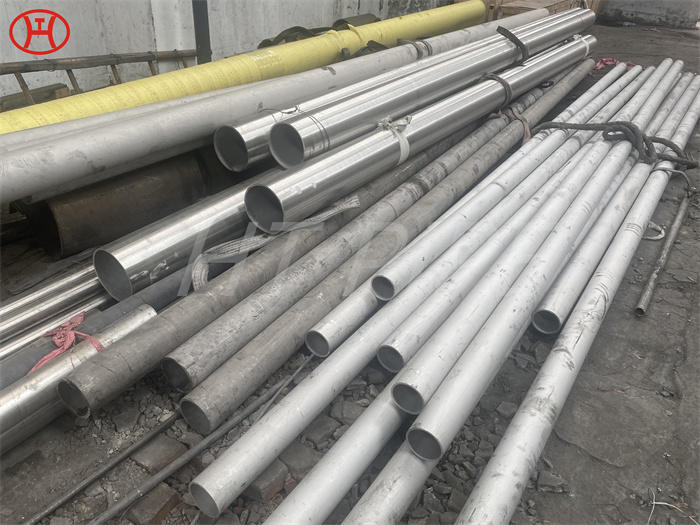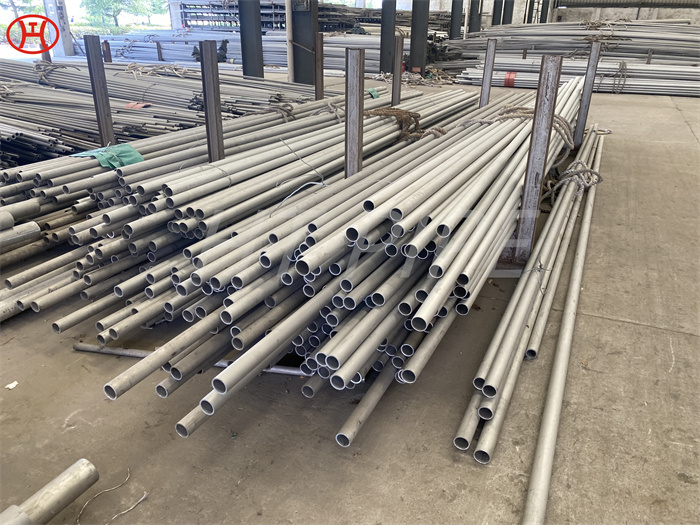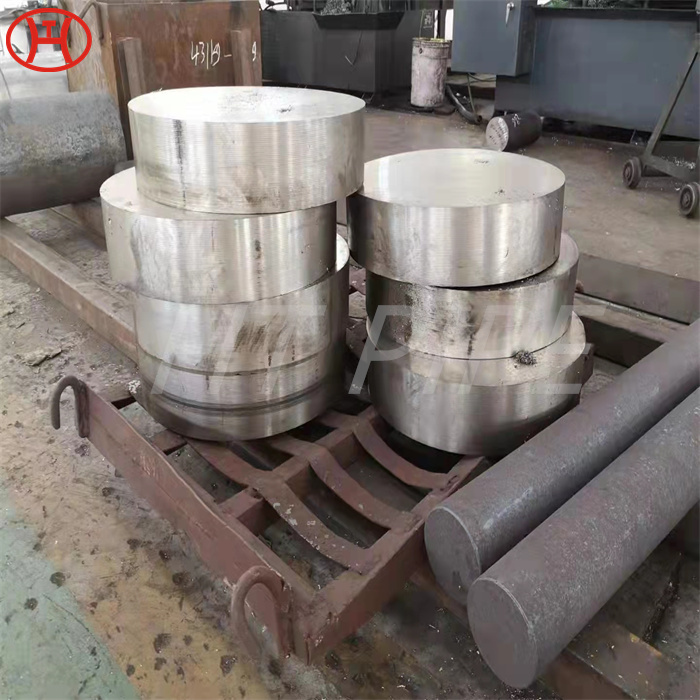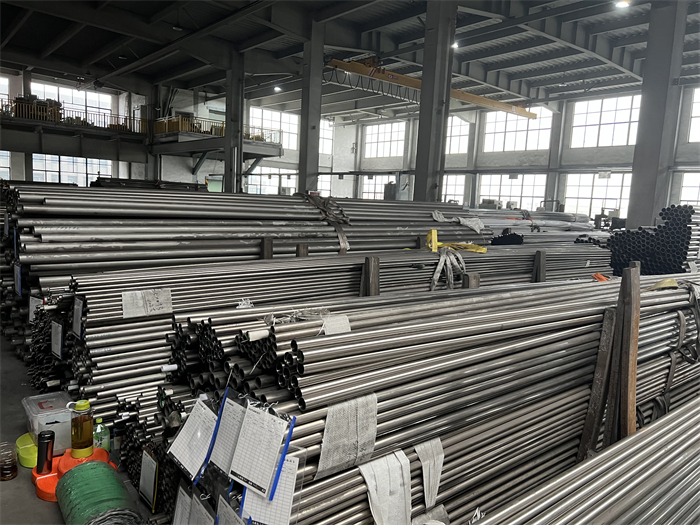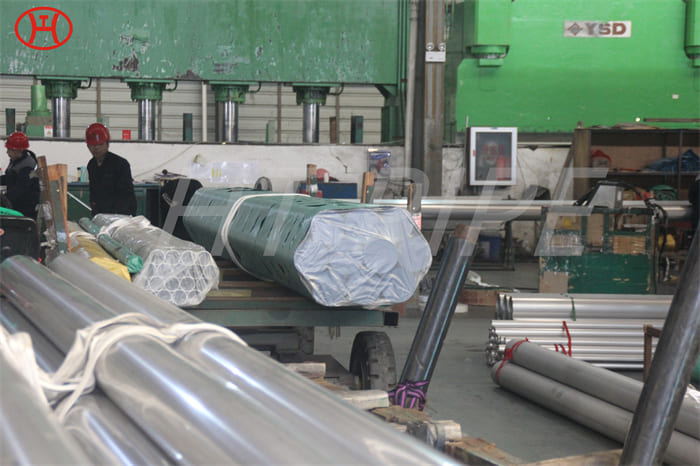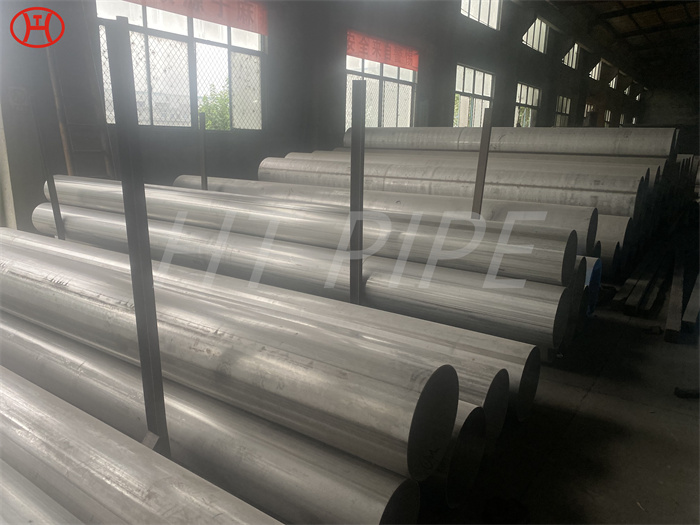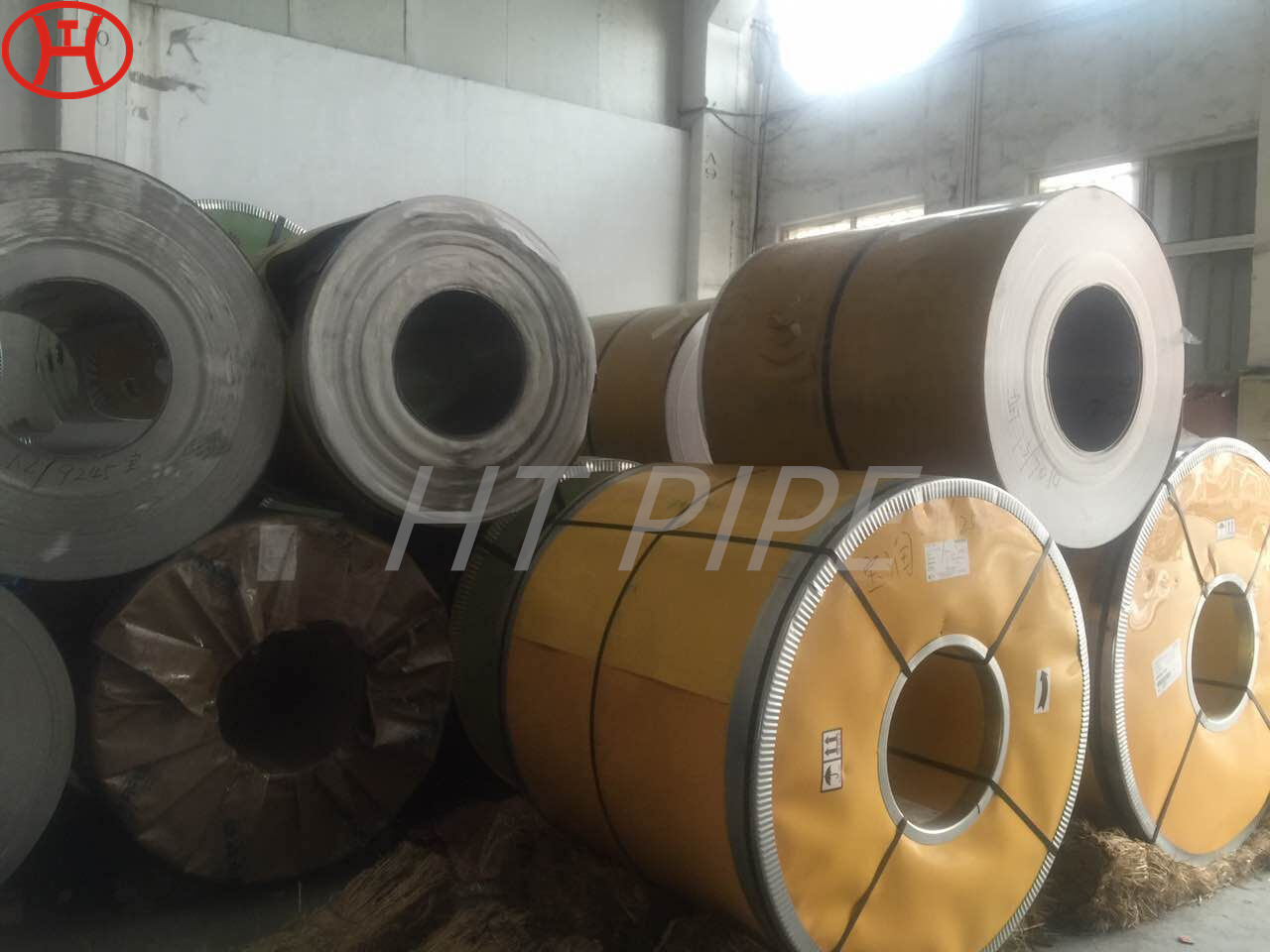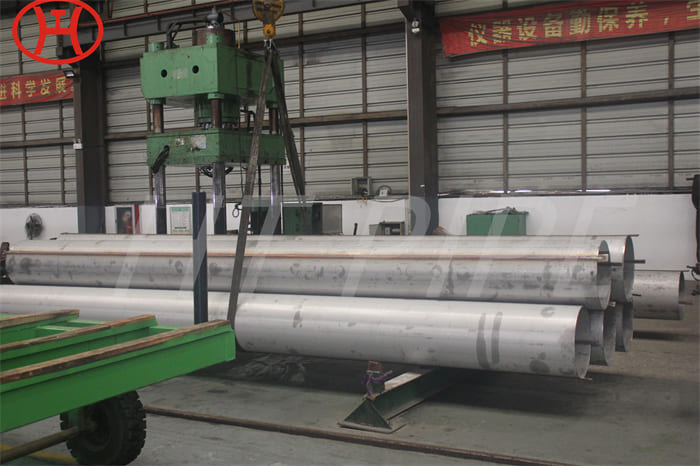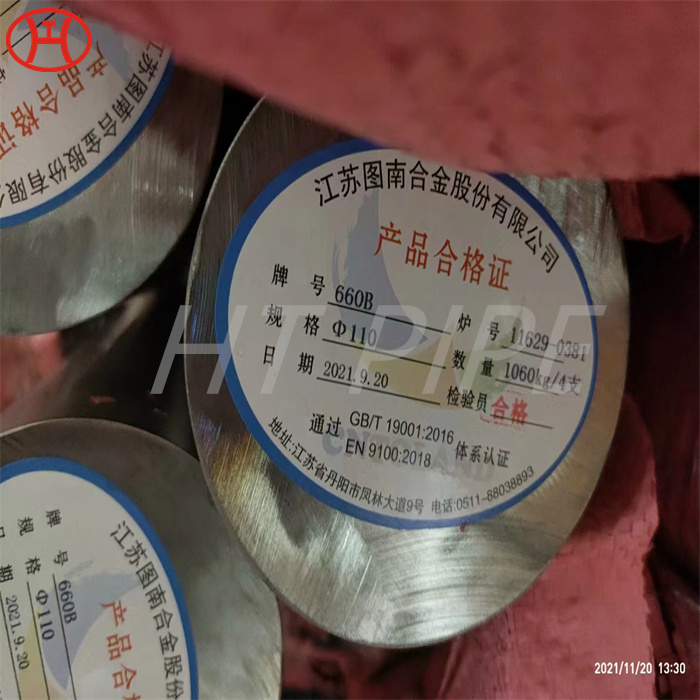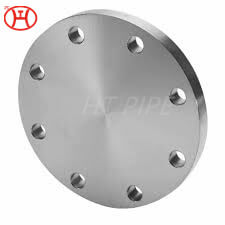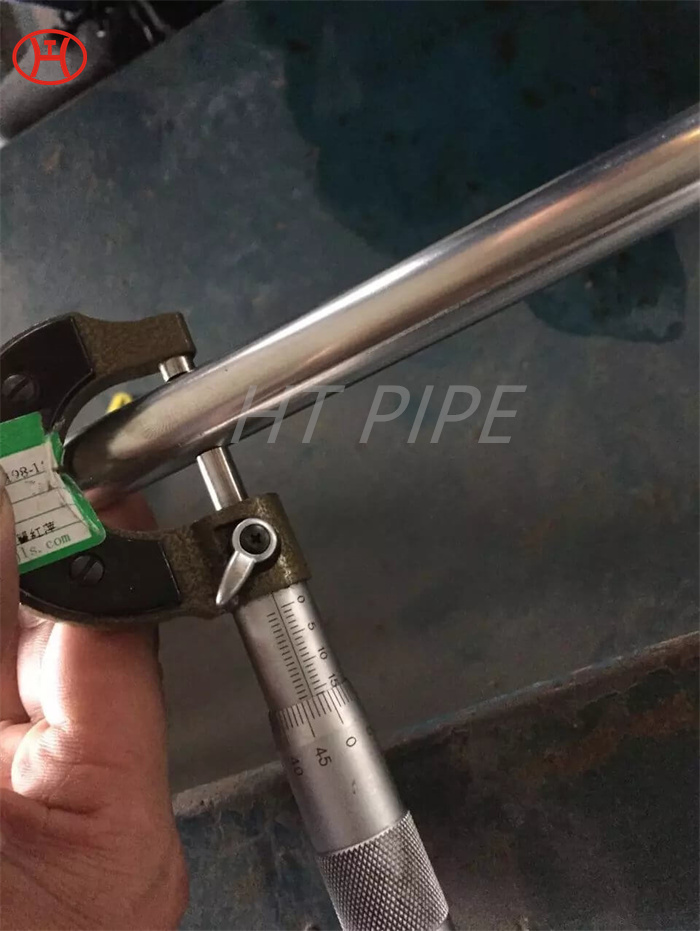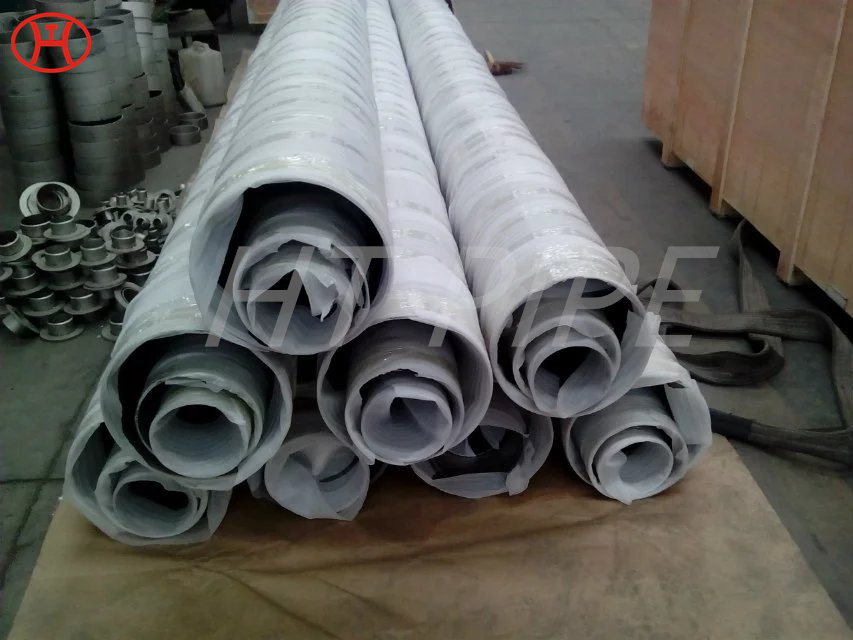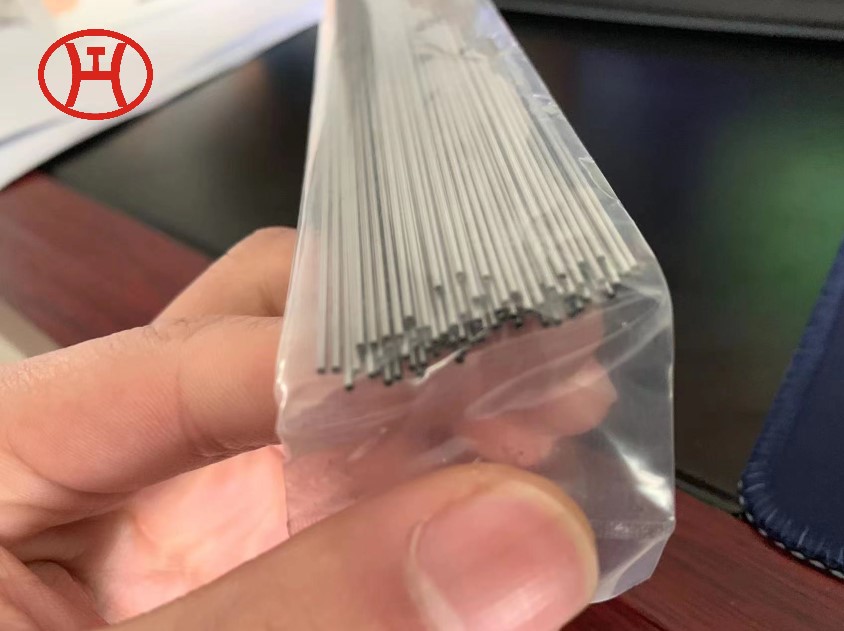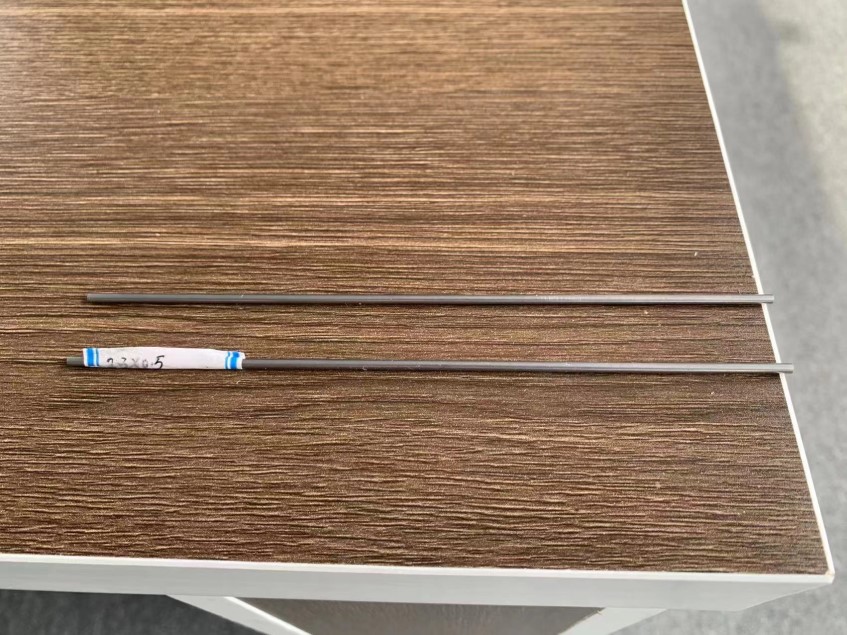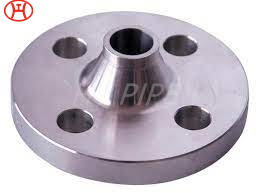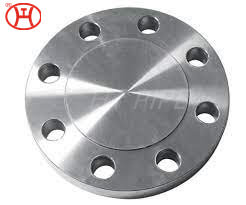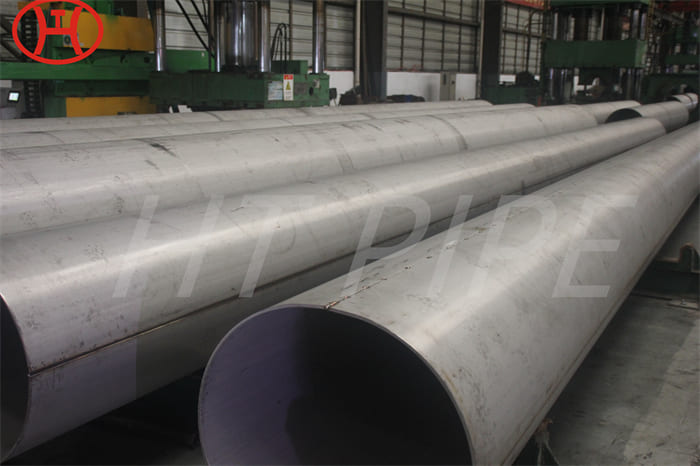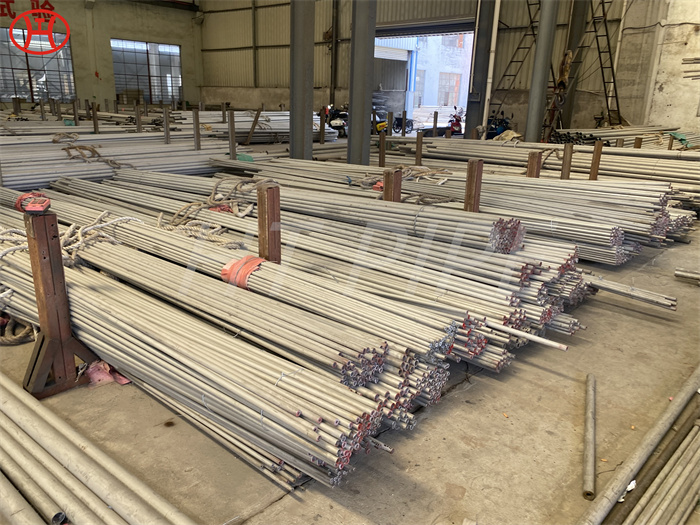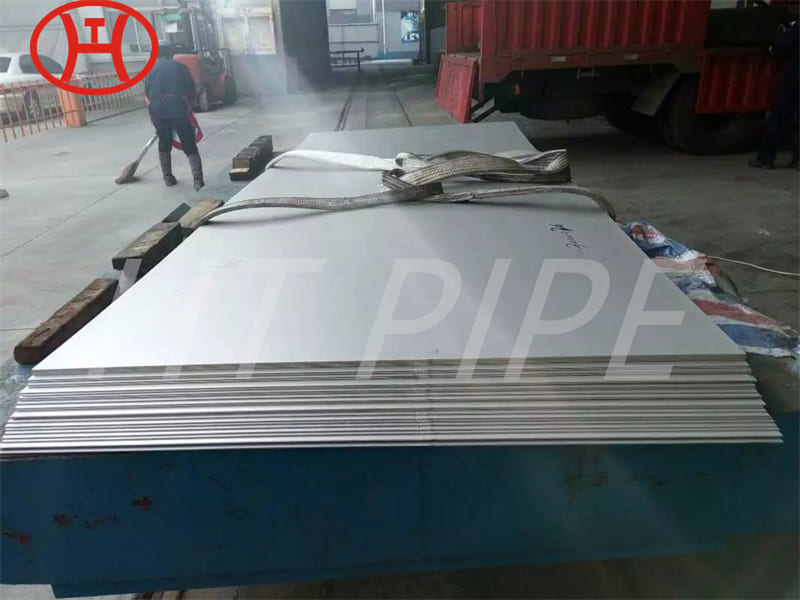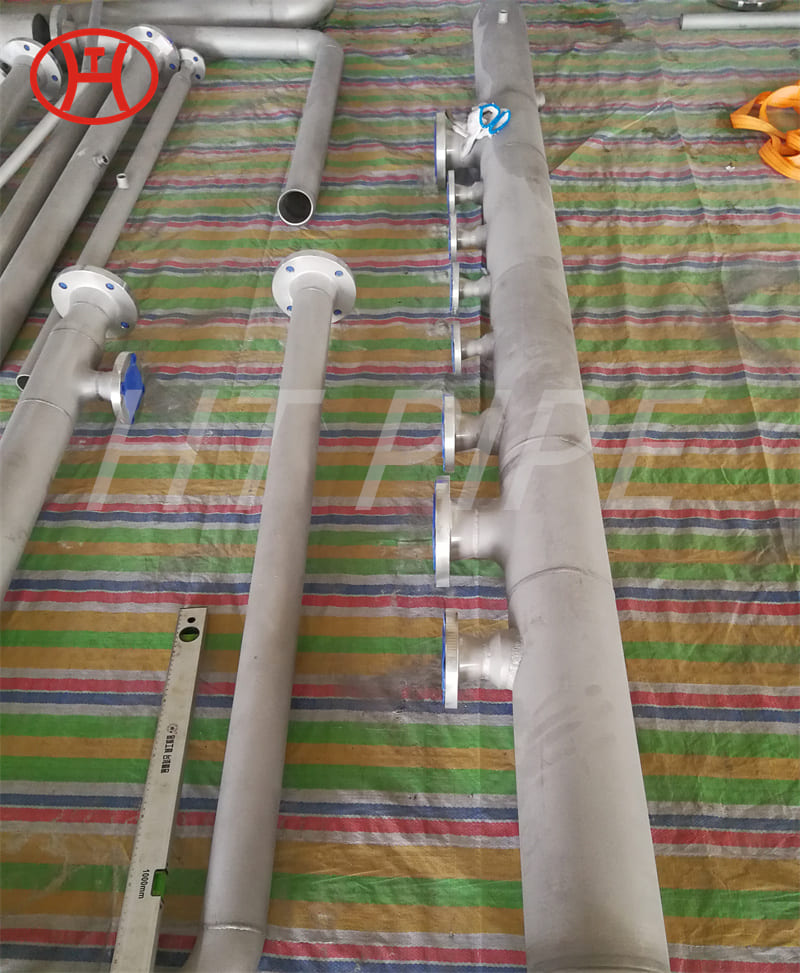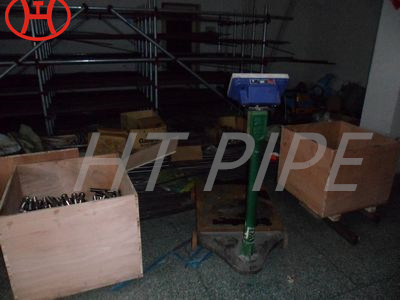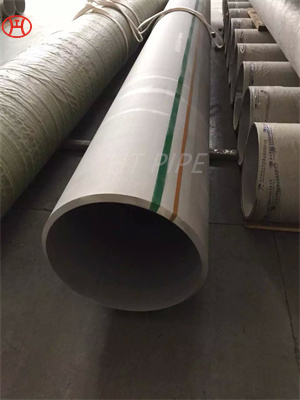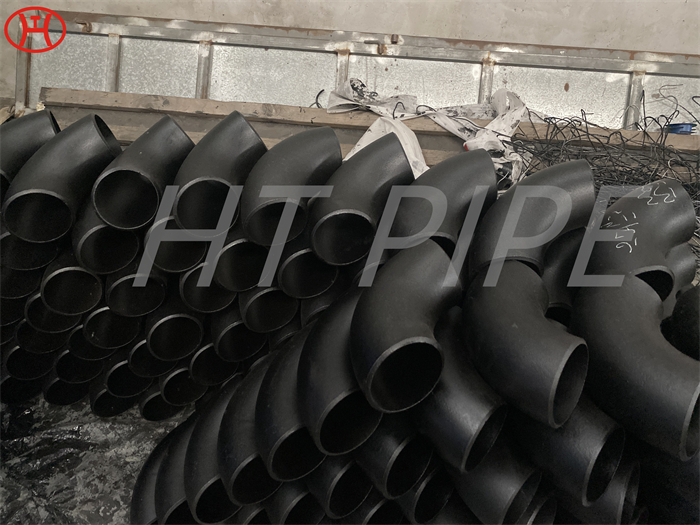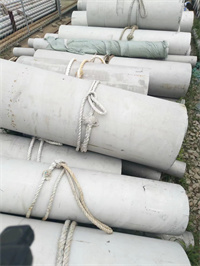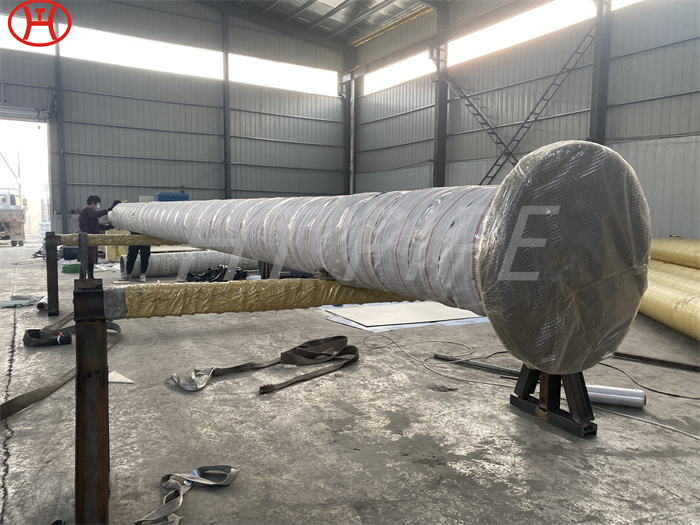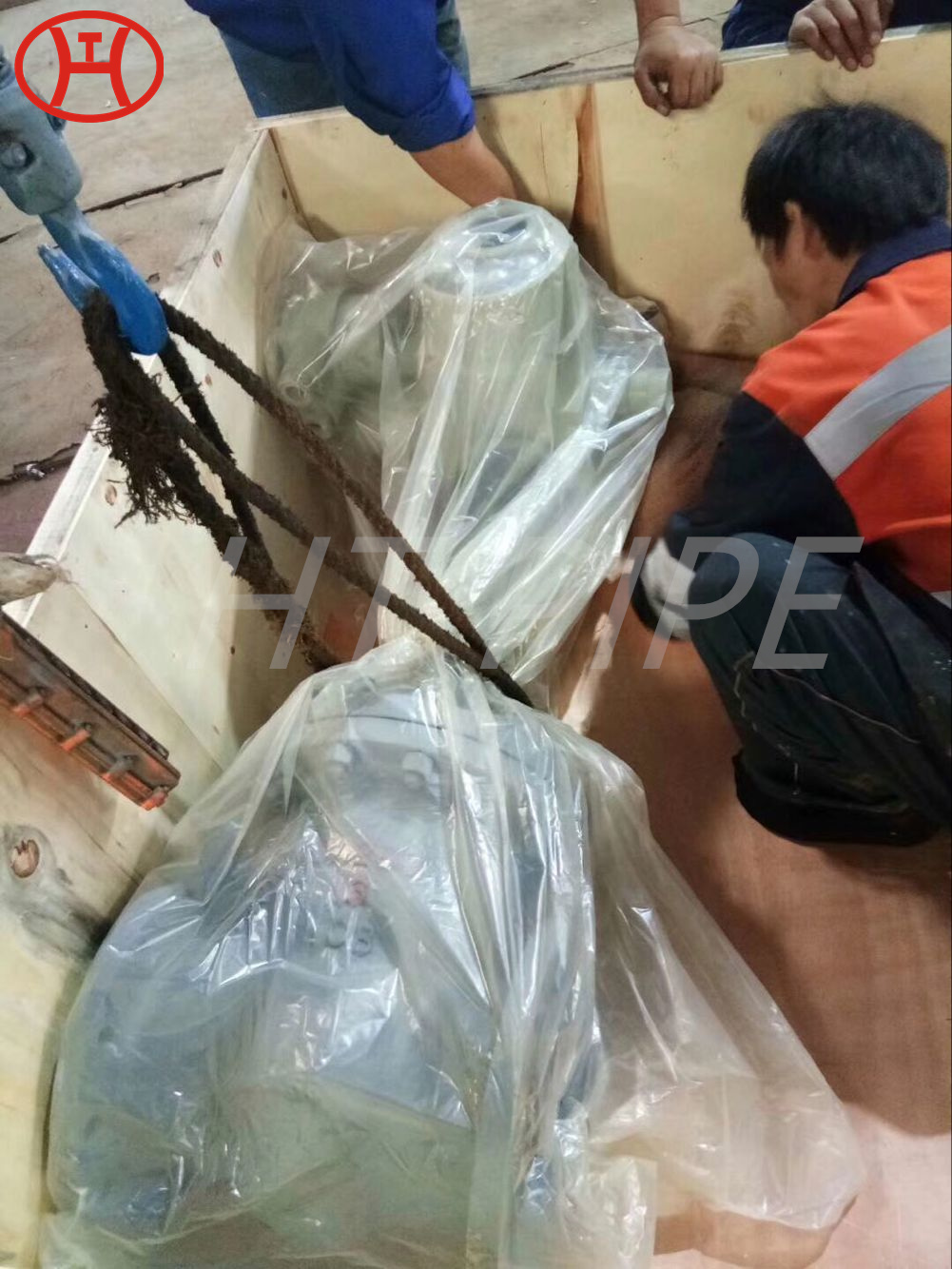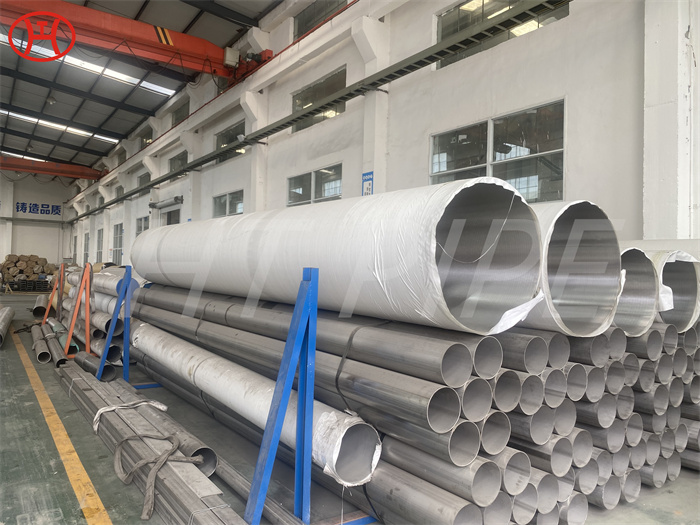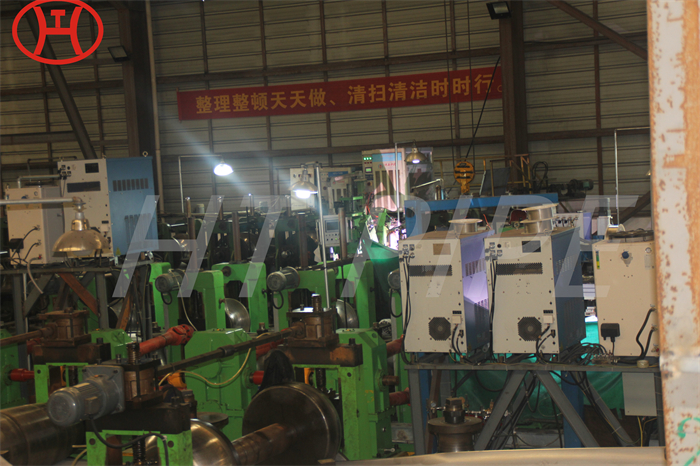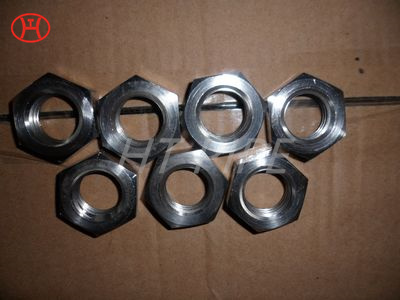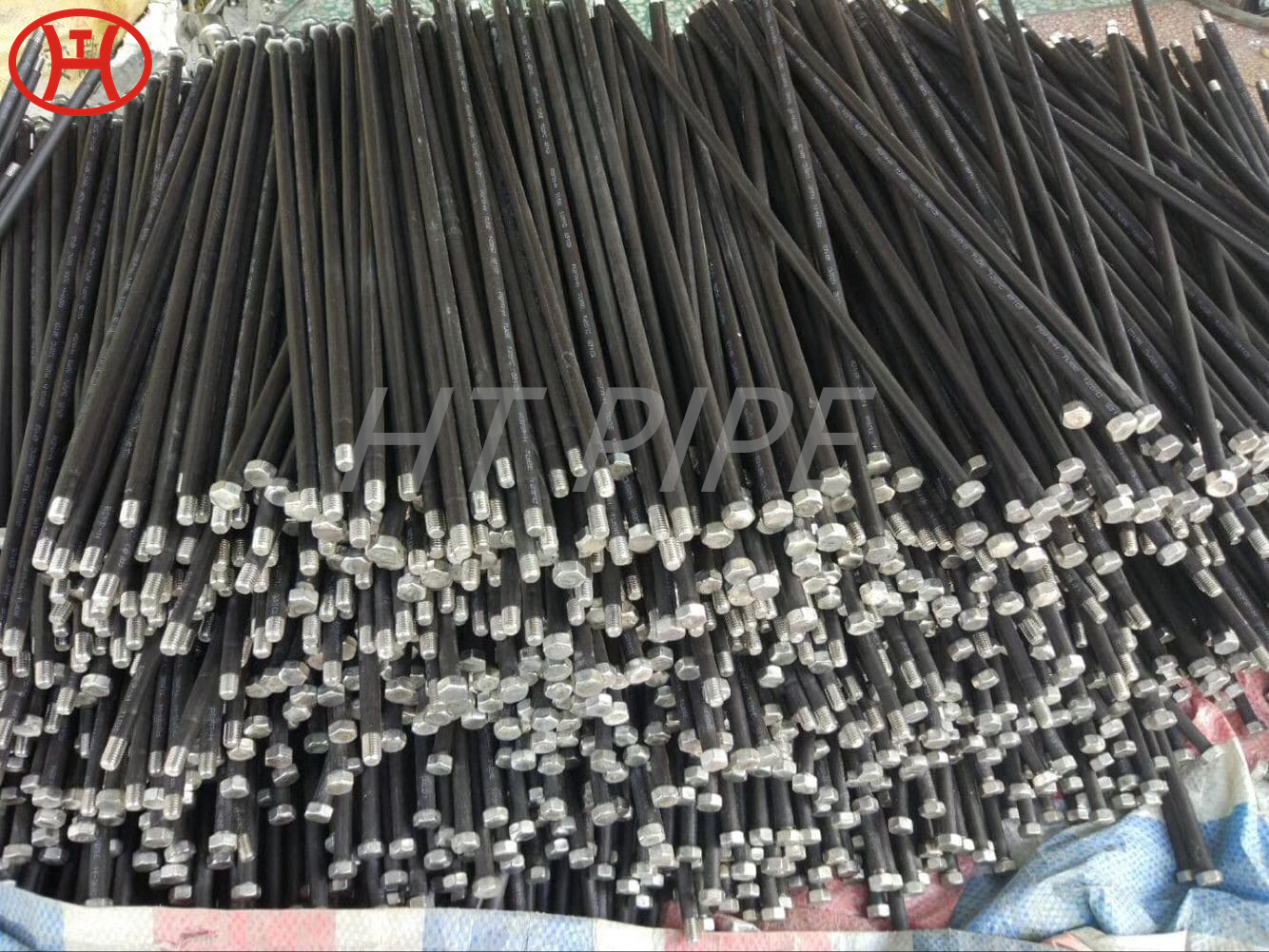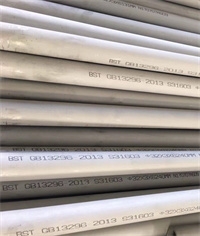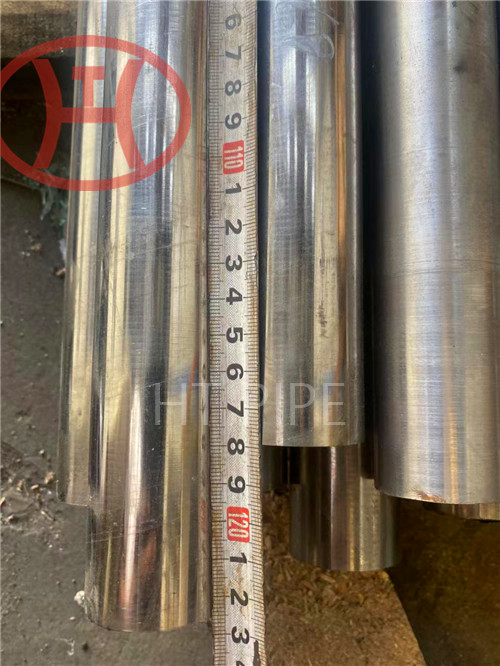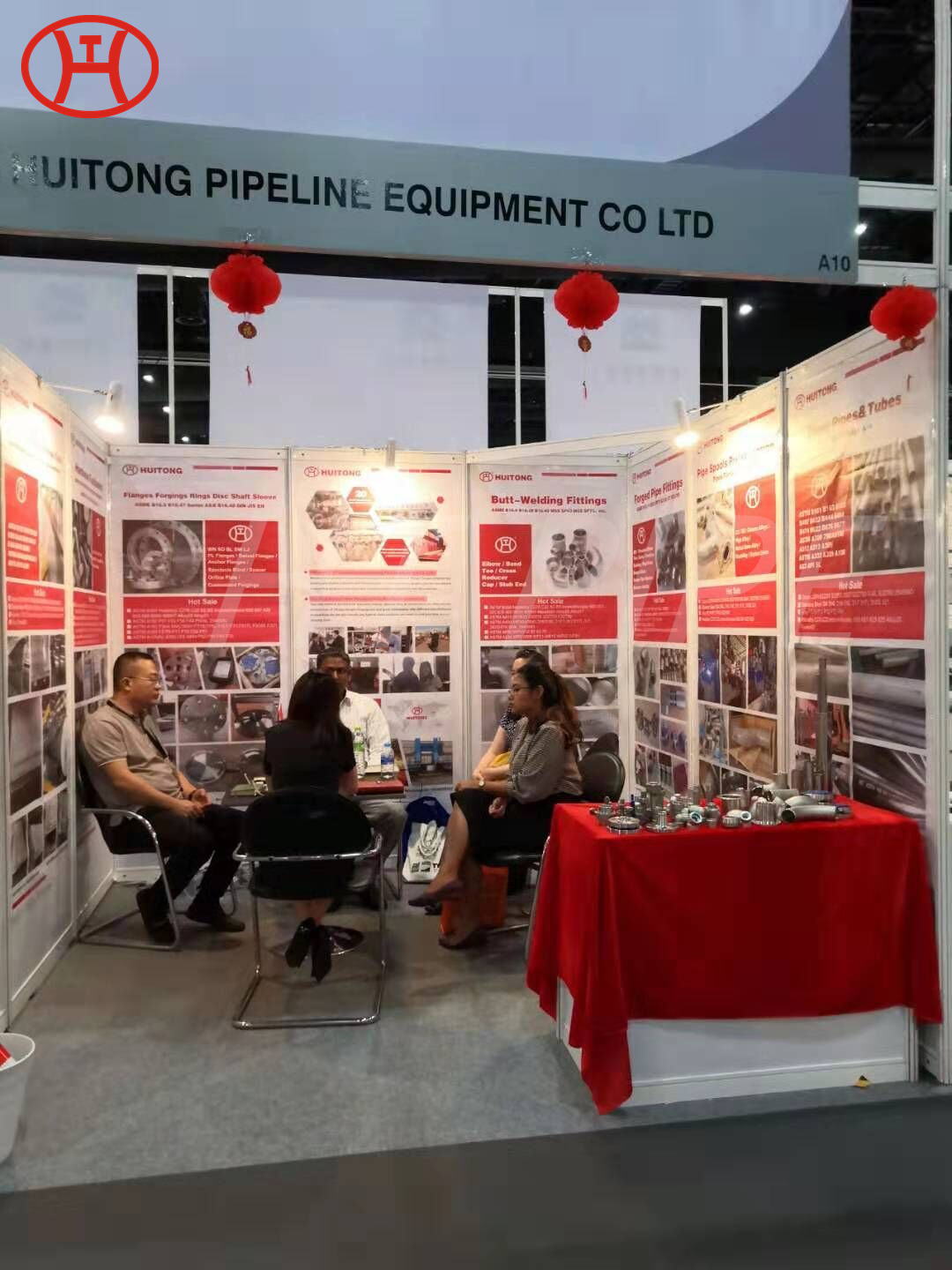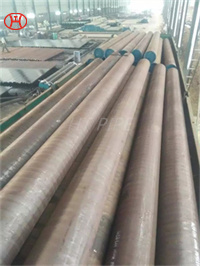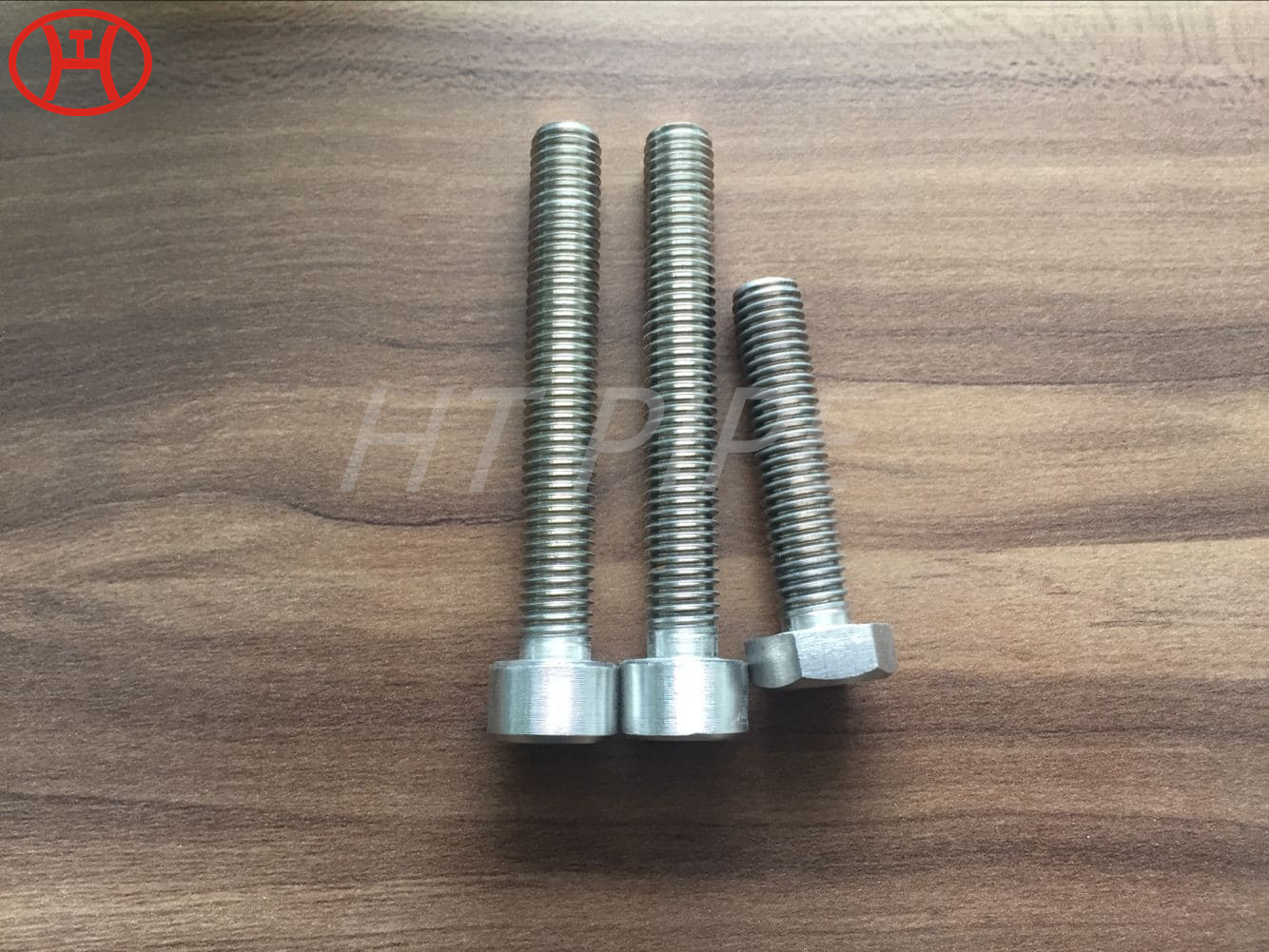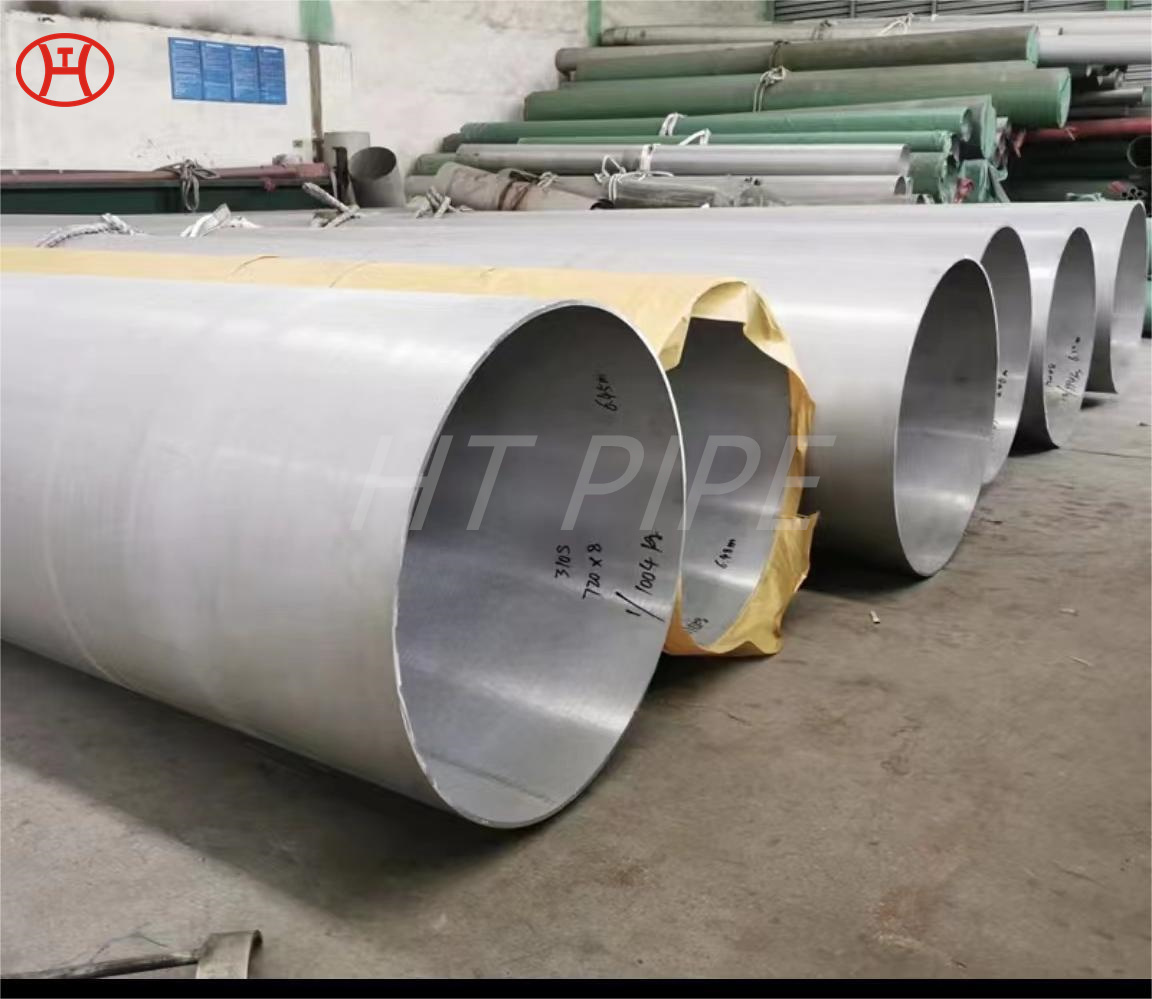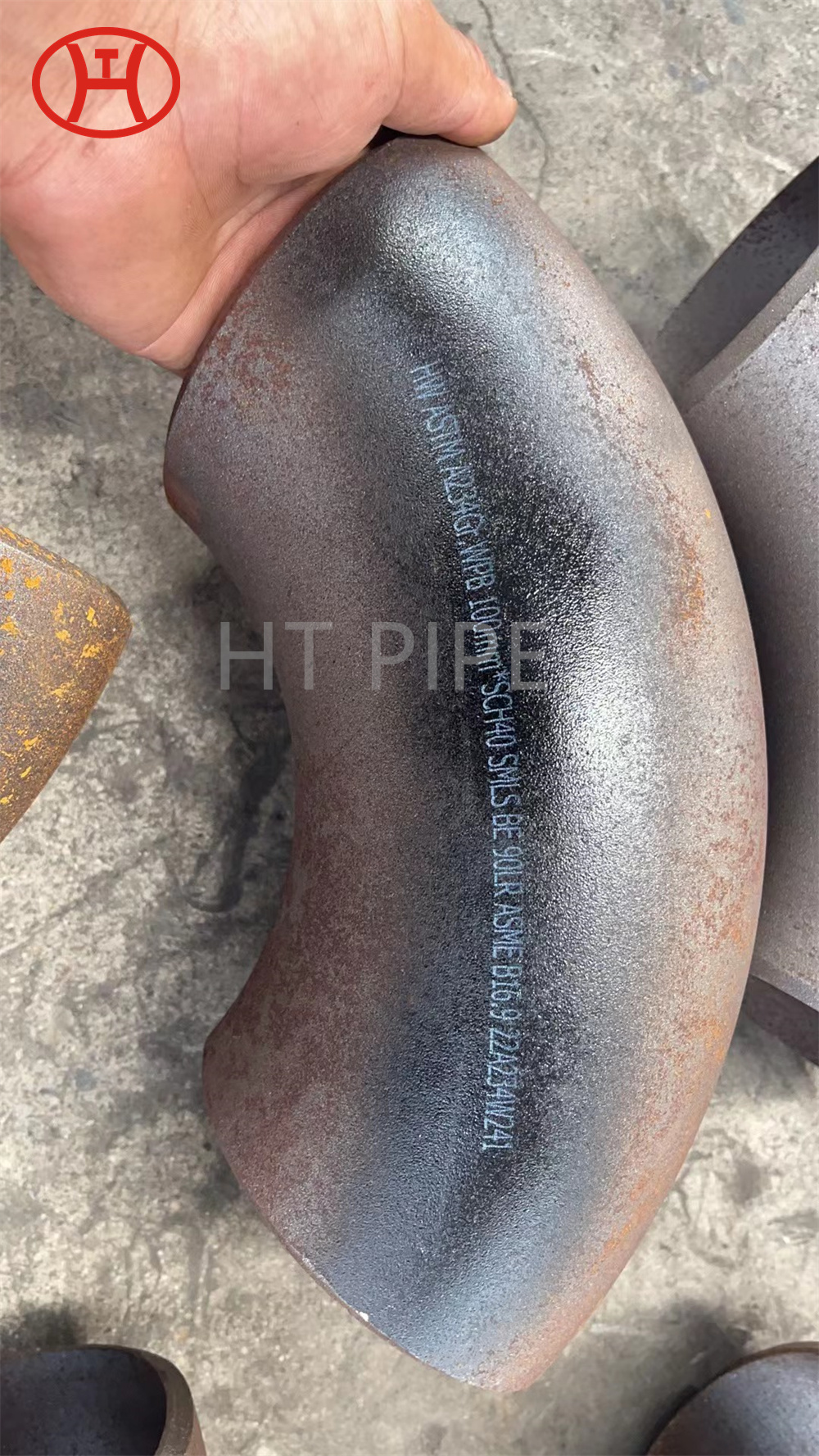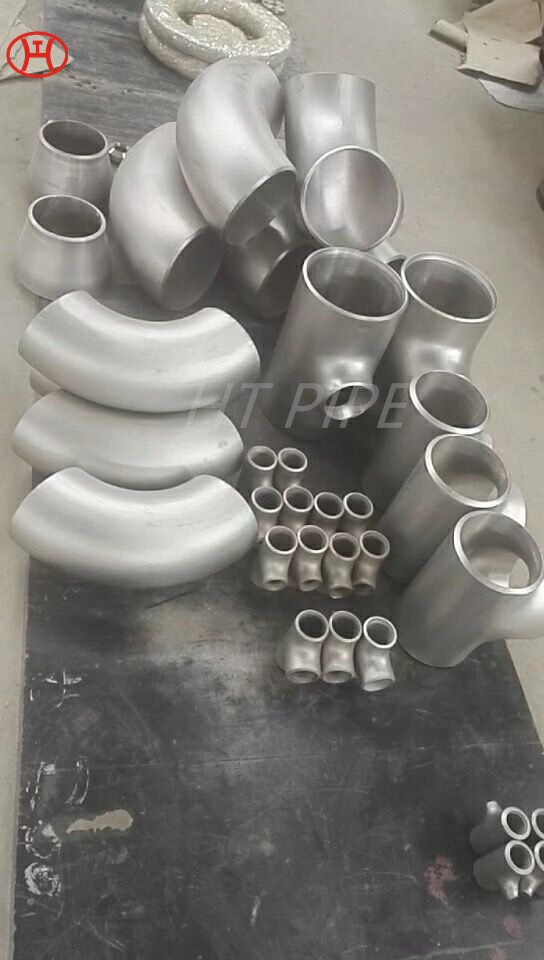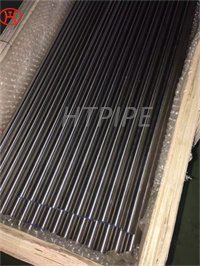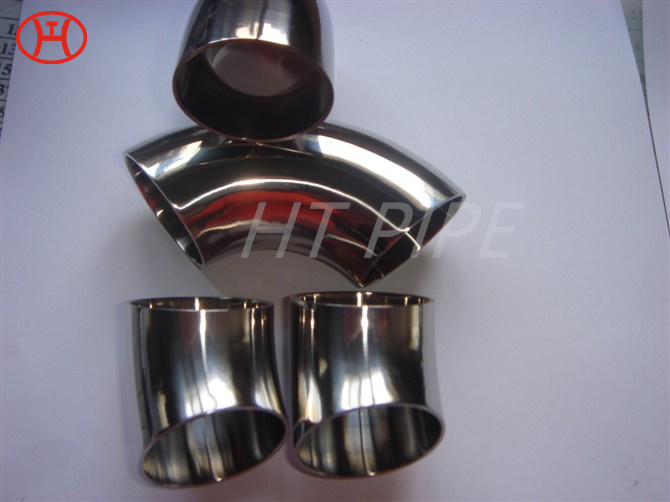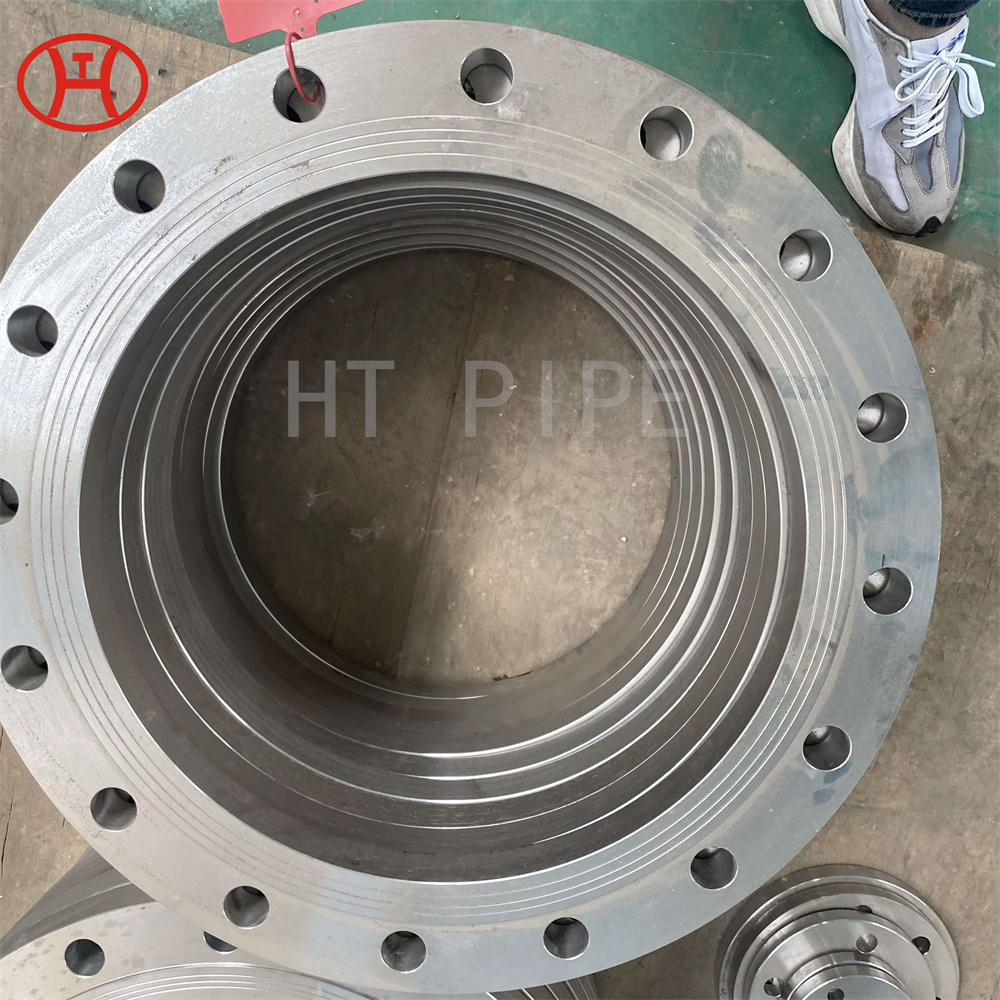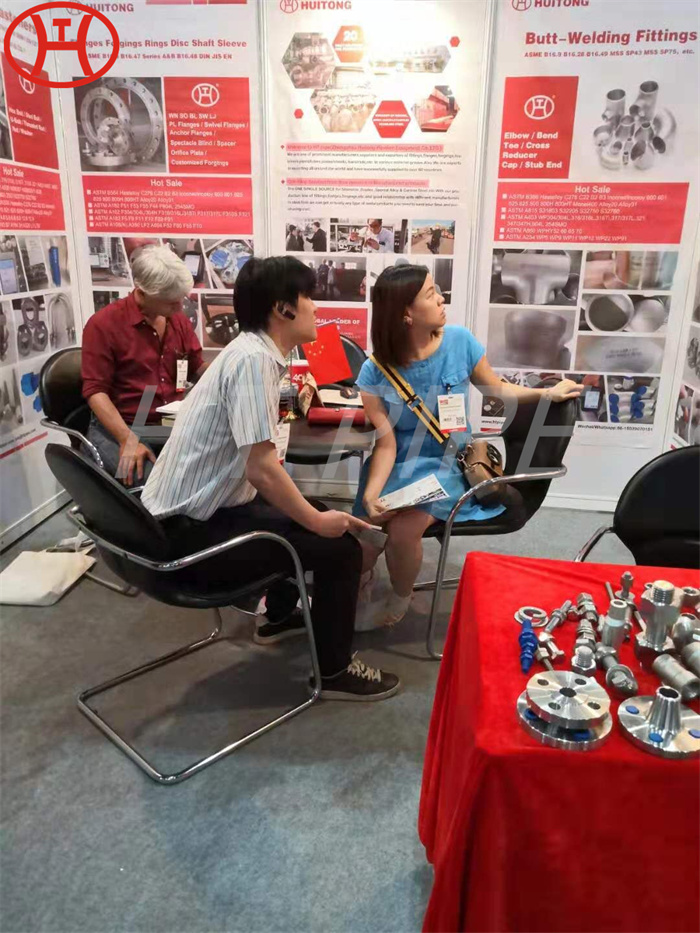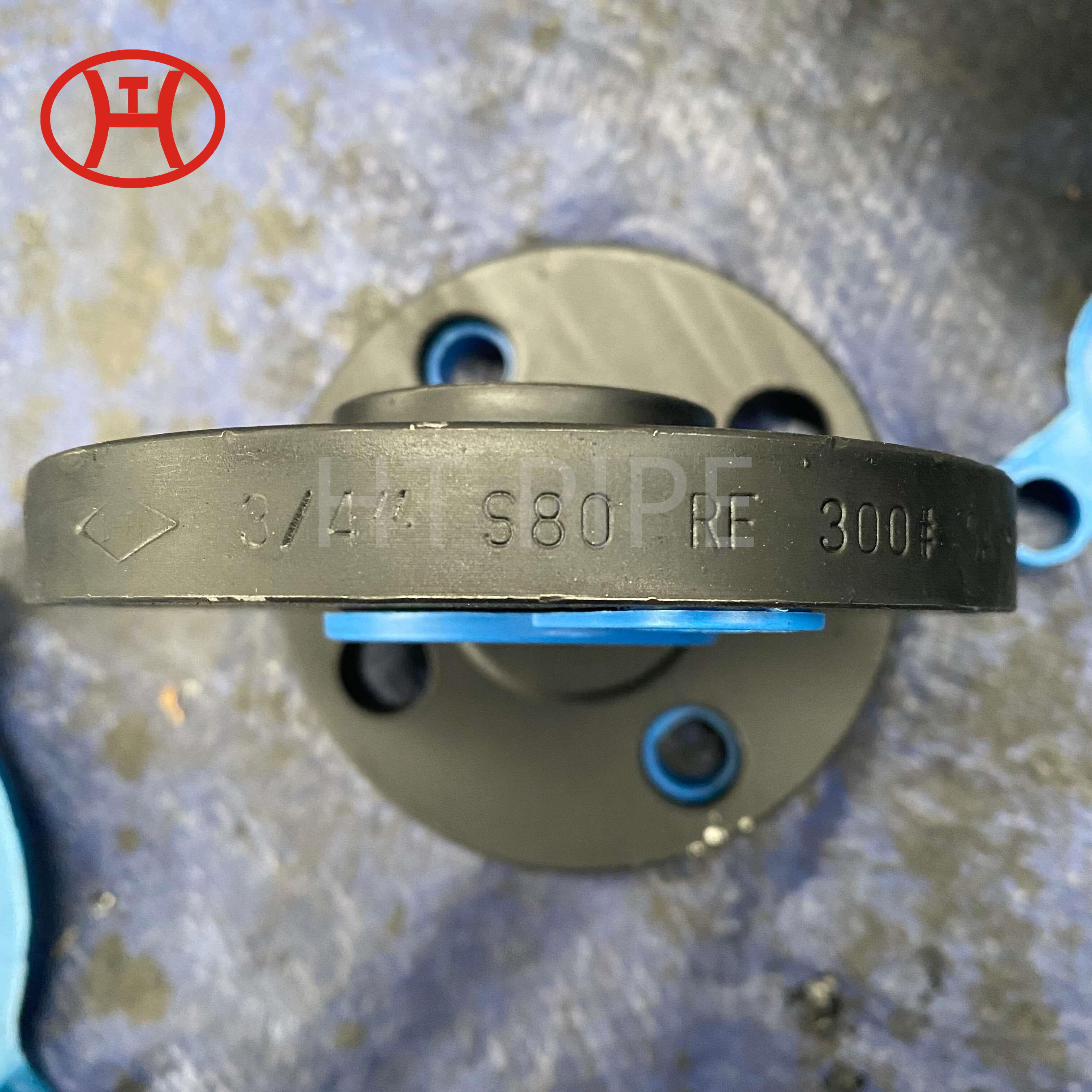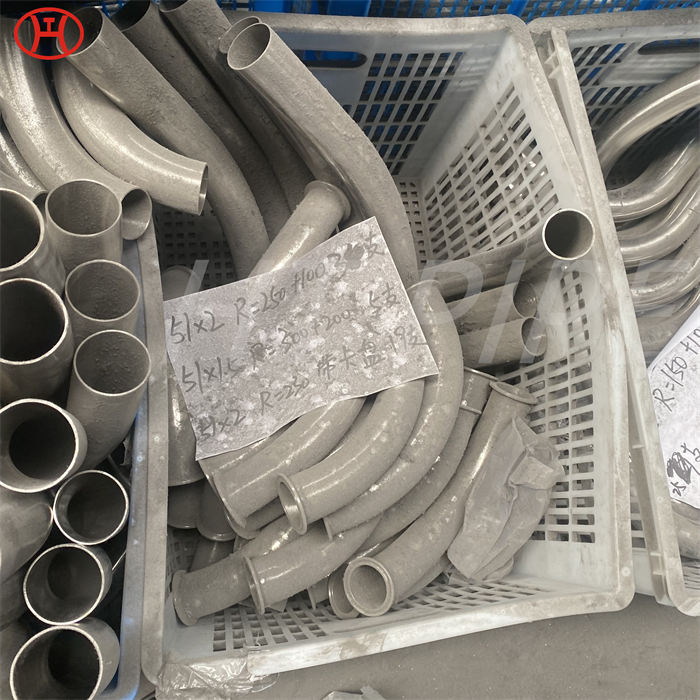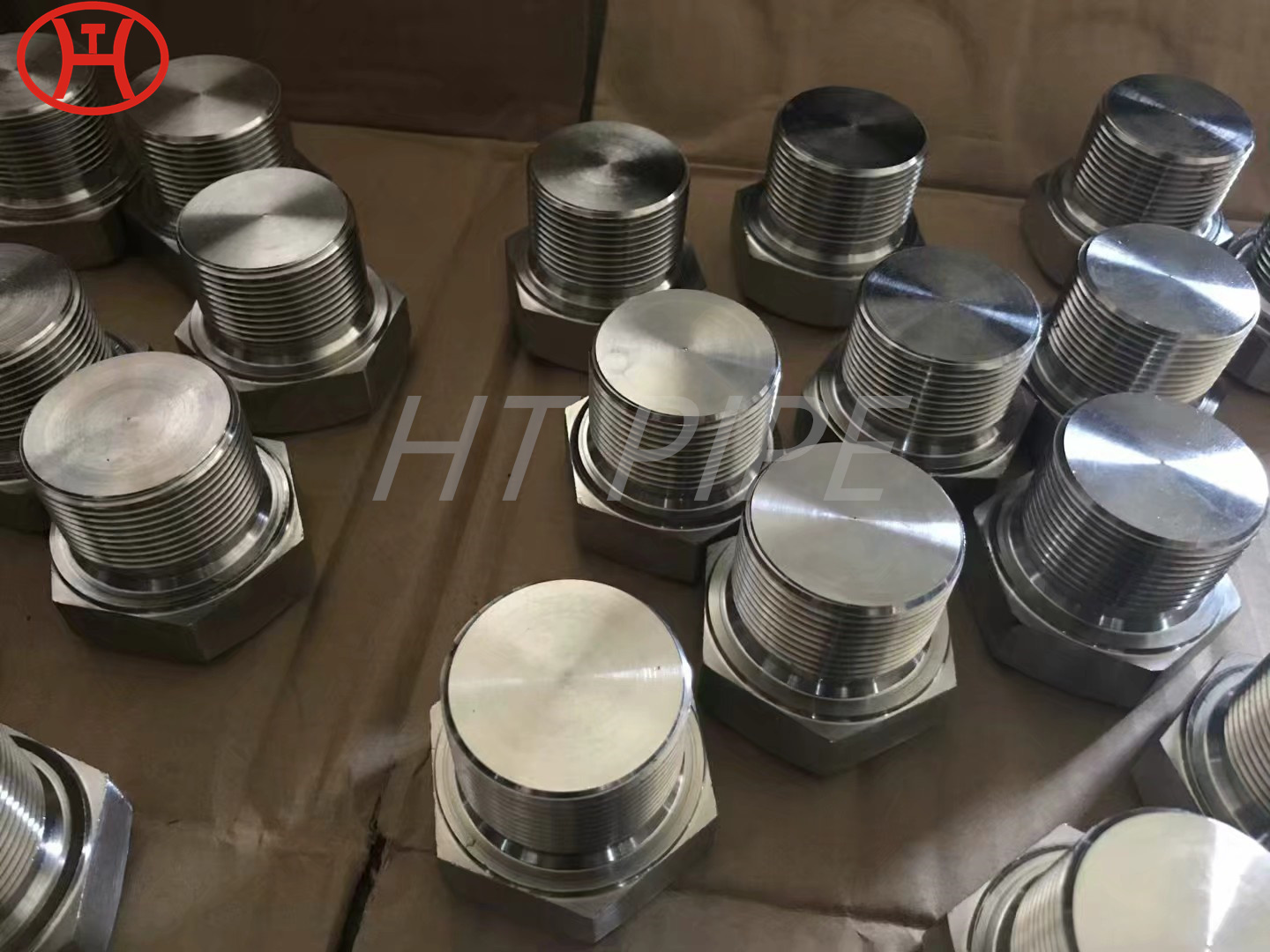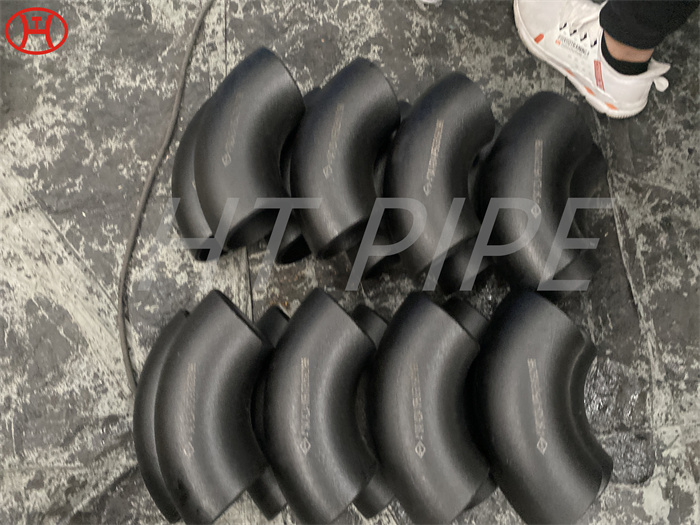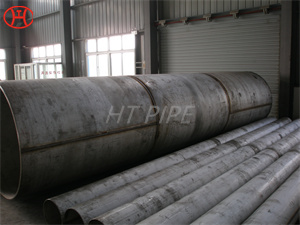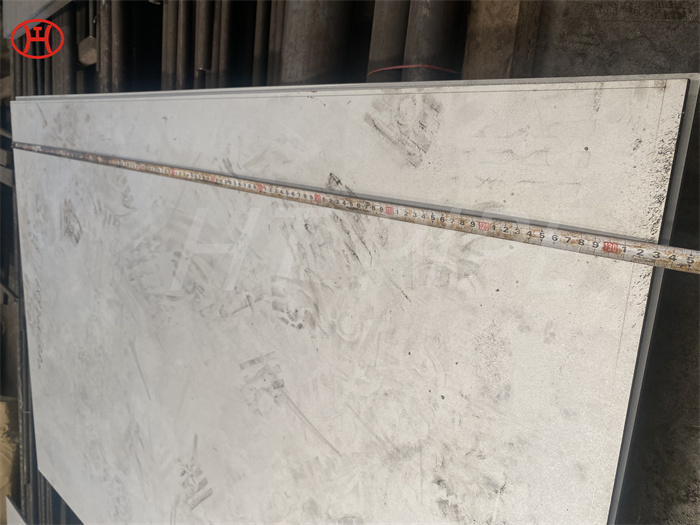Astm A240 304L 1.4306 Plate 2B 1.5Mm Thickness Stainless Steel Sheet Price Sus 304 Coil
Grade WNR 1.4571 Plates is often used in Pulp and Paper Equipment, Heat exchangers, Propeller shafts, Fittings, Dyeing Equipment, Exterior Architectural components in Marine Coastal Areas, etc. ASME SA 240 Stainless Steel TP316Ti Plates has good resistance to oxidation in intermittent service to 870 Degree C and in continuous service to 925 Degree C. Buy?316Ti Stainless Steel Plates at reasonable price from us.
304 stainless steel plates are also known as 18/8 stainless steel plate because their chemical composition includes approximately 18% chromium and 8% nickel by weight. 304 stainless steel plates are widely used in the food and beverage processing industry because of their ease of forming and welding and their strong corrosion resistance. Types 304 and 304L have very similar chemical and mechanical properties. The only difference between them is the carbon content; 304 stainless steel has a maximum carbon content range of 0.08%, while 304L has a maximum carbon content range of 0.03%.
Grade 304 / 304L stainless steel plate has a minimum of 18% chromium and 8% nickel. The only difference between them is the carbon content. Type 304 has a maximum carbon of 0.07% .Type 304L has maximum carbon of 0.030 %. This range of carbon in the steels affects the corrosion resistance. 304 / 304L is widely available in sheet, sheet coil, plate, plate coil, round bar, processed flat bar and tubular products for further manufacturing.
The range of carbon content in the steel affects the corrosion resistance of the tank. During the welding of steel, a phenomenon called “chromium carbide precipitation” occurs at temperatures between 800 and 1500°F (425 and 815°C). Chromium combines with carbon in the heat affected zone and precipitates as chromium carbide at grain boundaries. As a result, it significantly reduces the corrosion resistance of the steel in this area. Due to the lower carbon content of 304L steel plate, the risk of chromium carbide precipitation is greatly reduced.
| Chemical Composition (wt%) limits as specified in ASTM A240 and ASME SA240 | ||
| Element | 304 | 304L |
| Carbon | 0.07 | 0.03 max |
| Chromium | 17.5-19.5 | 17.5-19.5 |
| Nickel | 8.0-10.5 | 8.0-12.0 |
| Manganese | 2 | 2 |
| Silicon | 0.75 | 0.75 |
| Nitrogen | 0.1 | 0.1 |
| Phosphorus | 0.045 | 0.045 |
| Sulfur | 0.03 | 0.03 |
| Mechanical property requirements for annealed product as specified in ASTM A240 and ASME SA240 | ||
| Property | 304 | 304L |
| Yield Strength, min. (ksi) | 30 | 25 |
| Tensile Strength, min. (ksi) | 75 | 70 |
| Elongation, min. (%) | 40 | 40 |
| Hardness, max. (Rb) | 92 | 92 |

